#zamiifolia
Explore tagged Tumblr posts
Text
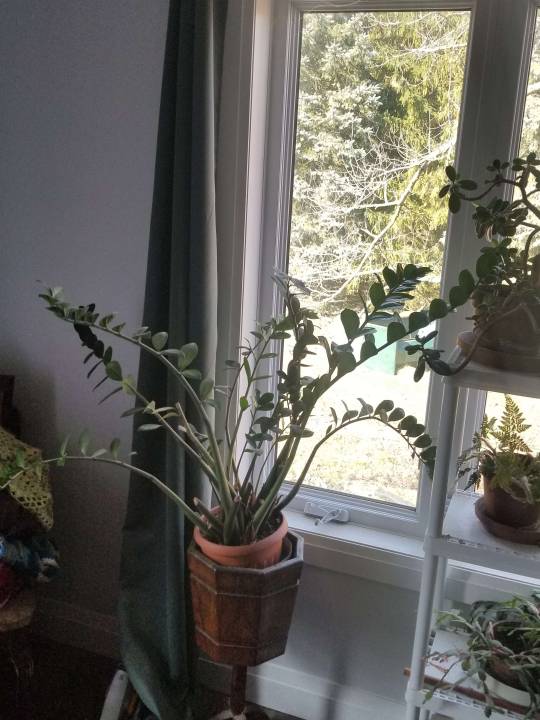
The ZZ plant was well overdue for a repot so decided I'd do it before tree pruning today. Shouldn't take that long right?
Oh darling

How greatly I underestimated what I was getting myself into. It took me several hours to untangle and tickle apart the roots from themselves before I could even think of repotting. I wish I took a photo after I got the roots free but I got interrupted during the repotting process due to having to help with a lamb and ended up forgetting.
The rootballs were so huge that I decided to instead divide apart some of the tubers where I could and repot them into several pots instead of a single giant pot.
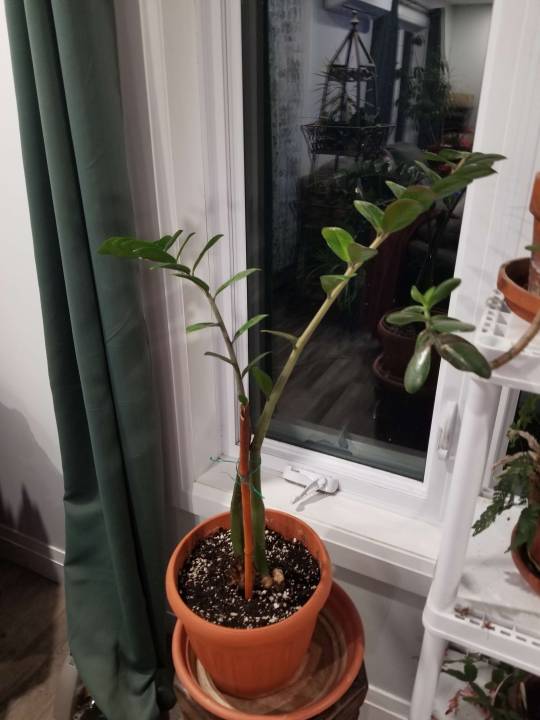
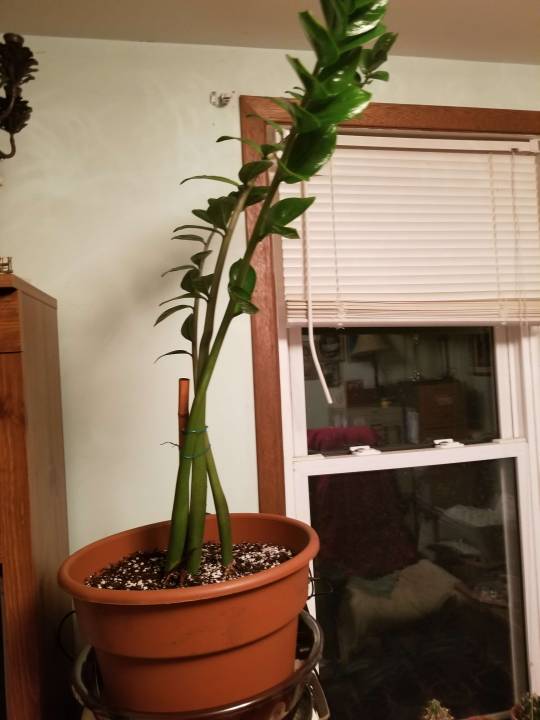

one chunk of tuber got separated from the greenery but still had an eye so I threw it into a tiny pot to see what happens as well.
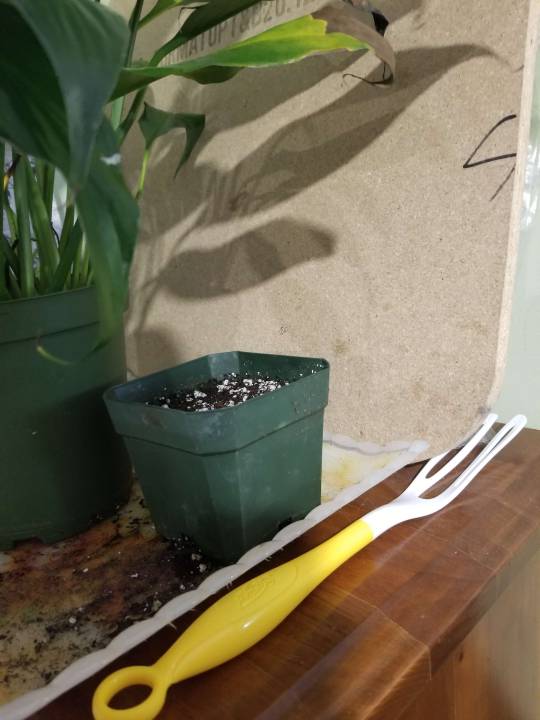
Two okay-ish stems got broken off accidentally so I decided to throw them in water to try rooting more up- not that I need more ZZ plants when one specimen has already become 3
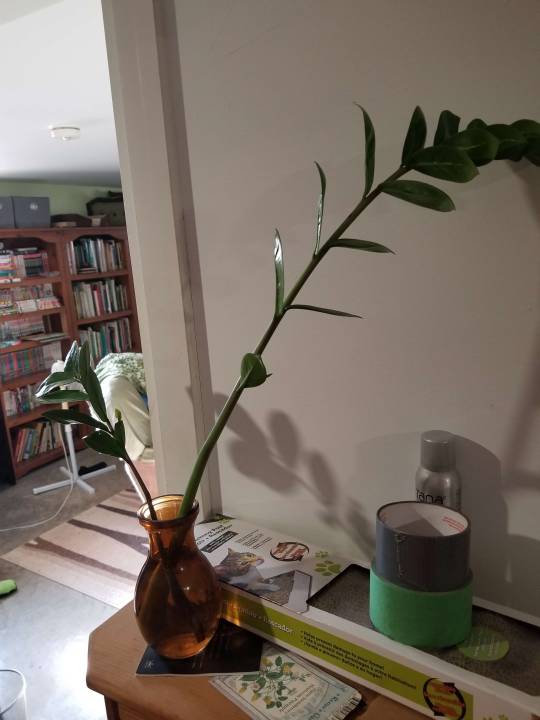
While tree pruning outside is taking main priority I've been wanting to work on cleaning repotting up more of the houseplants so may try to juggle a little of each done each day. Will try to report for whichever houseplants get done next.
#plantblr#gardeners of tumblr#gardeners on tumblr#my post#my plants#zz plant#houseplant#indoor plant#propagation#repotting#division#Zamioculcas zamiifolia#Zamioculcas#Z. zamiifolia
25 notes
·
View notes
Text
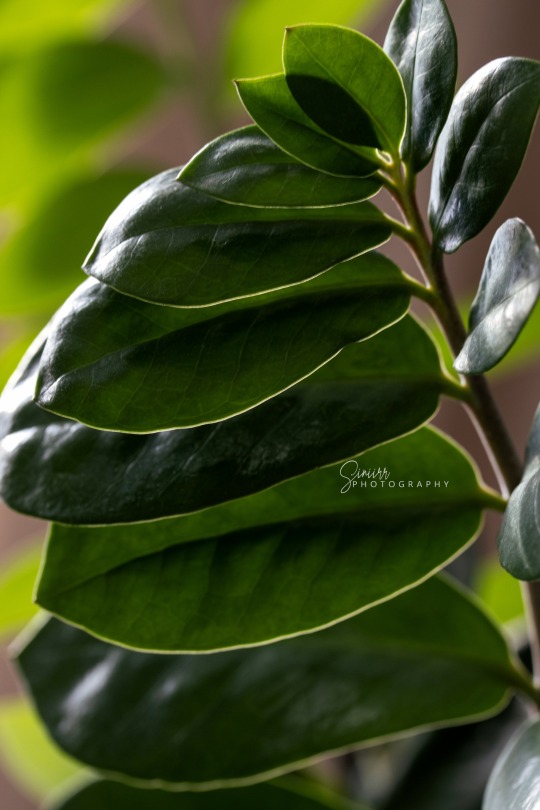
#zz plant#Zamioculcas zamiifolia#plant#plants#houseplant#houseplants#green#nature#natural#siniirr#photography
4 notes
·
View notes
Text
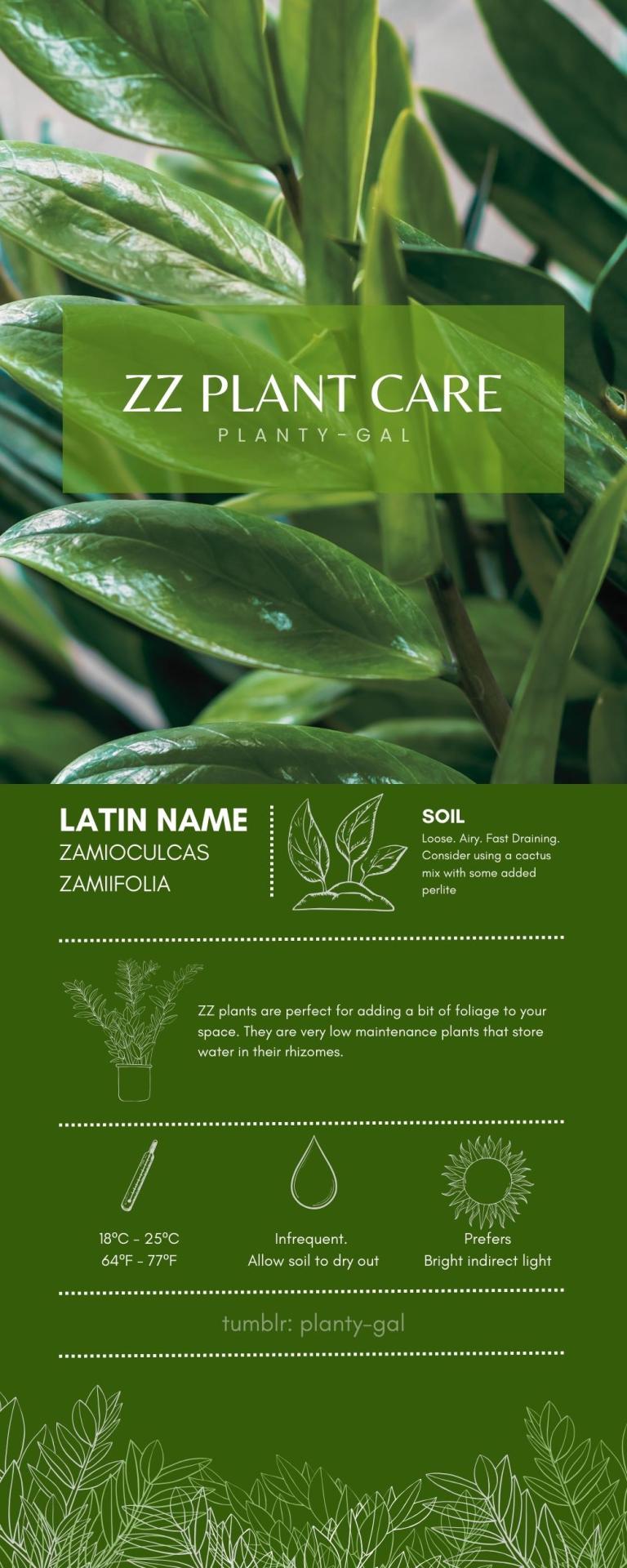
#Zamioculcas zamiifolia#plants#plantblr#zz plant#house plants#plant blog#plantcare#houseplants#oc#original content#infographic
4 notes
·
View notes
Text

ZZ Plant (Zamioculcas zamiifolia)
#these are just my bedroom plants#this is the last one#i have others in the kitchen and a couple outside but that's a lot of effort#maybe I'll share those another day#plants#plant#plantblr#zz plant#Zamioculcas zamiifolia#kieran posts
3 notes
·
View notes
Text
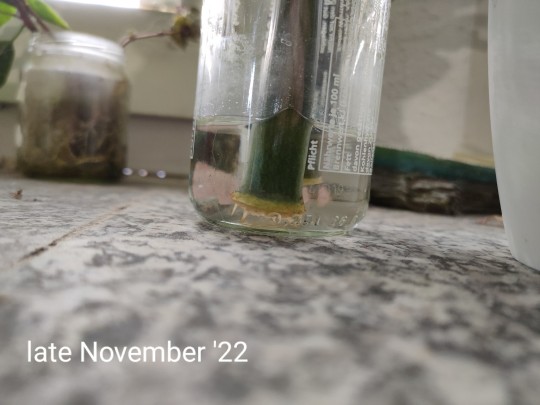


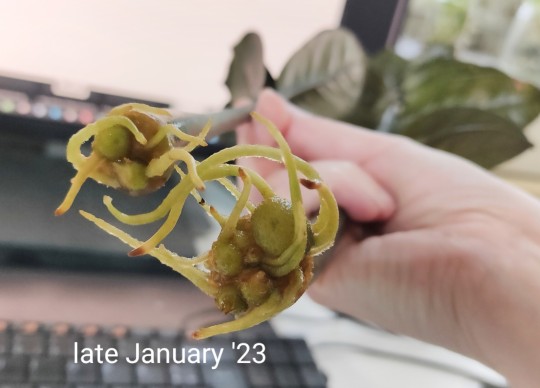
If you've ever wondered how long it takes to water root a ZZ plant (like me), here's my experience so far!
Unfortunately I didn't take a pic when I first removed these two stems from the original pot, so I don't remember when that was exactly. However I can say with confidence that the first root tips didn't take too long to show up. Not at all longer than with any other plant, which did surprise me a great deal! The jar has been sitting atop a stone windowsill that gets warm-ish during the winter due to the heater below it, though, so I'm pretty sure this helped a lot with kick-starting root growth.
That said, I'd removed the stems from the pot because they'd been been getting very very wrinkly and sad with thin floppy leaves (root issues because I didn't water it correctly/ because the substrate isn't great for succulents). I actually didn't have a lot of hope for them because of the sad condition they were in, but I still wanted to at least try to save them.
First I generously cut off the base with the dried/ dead/ mushy roots. Then let that dry overnight before putting it in a jar with water (I think I also put cinnamon powder on them). After just 2-3 days the bases started to get slimy and rot, so I did everything over from scratch. The second time had the exact same result, so it obviously wasn't working for me, even though most of the internet seems to do it that way with great success.
So I cut off the rotting parts for a 3rd time and decided to just stick the freshly cut stems into the water and hope for the best. After a couple of days I noticed the very ends were expanding, but it looked different from before and it also wasn't (as?) slimy, so I just left them in the water.
Maybe after 2-3 weeks I noticed the tiny little root sprouts that you can see in the first picture. Let me tell you that this completely blew my mind! I'm still so happy it worked 😭💘
I didn't do a lot of maintenance except for refilling water as needed and changing the water (and cleaning the jar in the process) only once or twice when it started to get too murky/ dirty and once the roots got to a certain size I changed the jar for something much bigger so the roots and bulbs would fit through the opening later on.
They're still doing really well in there, although root growth seems to have slowed down during the last weeks. As long as they're fine I don't mind though 😃
Not sure if I'll put them back in with the mother plant at some point, but considering I'm going to lose a lot of space in the new apartment that's probably the best thing to do. I'll have to change the substrate, though. The one in the original pot is just way too fine and holds too much water.
--
Bonus pic of the regular green ZZ I'd gotten from my sister last spring:
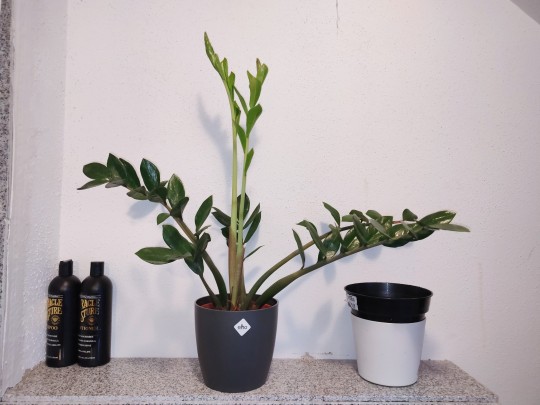
At least this one is doing great in it's pot and substrate 😂 It had lost 2 stems, but shortly after that 2 new ones sprouted, so yay!
Still didn't get to repotting it, but the new pots have been waiting for their turn! It doesn't seem to mind to be very rootbound.
3 notes
·
View notes
Text
Solo ideal para zamioculca: dicas essenciais para cultivar em casa
A zamioculca (Zamioculcas zamiifolia) é uma das plantas mais queridas para cultivo interno por sua resistência e beleza exótica. Embora pareça indestrutível, ela tem algumas exigências específicas, especialmente em relação ao solo, para se manter saudável e crescer de forma exuberante. Neste post, você aprenderá tudo sobre o tipo de solo ideal, acidez e correção, garantindo que sua zamioculca…
#a zamioculca não pode ficar no sol#adubação para zamioculca#adubo para zamioculca#como cuidar da zamioculca#como cultivar zamioculca#como plantar zamioculca#como regar a zamioculca#como salvar zamioculca apodrecendo#dicas para zamioculca#planta zamioculca#qual o melhor substrato para zamioculca#substrato para zamioculca#zamioculca#zamioculca black#zamioculca como fazer muda#zamioculca negra#zamioculca zamiifolia#zamioculcas#zamioculcas zamifolia
0 notes
Text
The Complete Guide to ZZ Plant Care (Zamioculcas Zamiifolia)
Comprehensive Guide to ZZ Plant Care In today’s post, I’ll provide you with a complete guide on ZZ plant care, covering everything you need to know to help your ZZ plant (Zamioculcas Zamiifolia) thrive. This remarkable plant is not only visually stunning but also incredibly easy to care for, making it a popular choice for homes and offices alike. Whether you’re a seasoned plant enthusiast or…
#best plants for beginners#care for ZZ plant indoors#drought tolerant plants#easy houseplants#houseplant care#how to care for ZZ plant#indoor plant care#low light plants#thriving ZZ plant#Zamioculcas zamiifolia#ZZ plant care#ZZ plant fertilizer#ZZ plant growth#ZZ plant guide#ZZ plant light requirements#ZZ plant maintenance#ZZ plant propagation#ZZ plant repotting#ZZ plant soil#ZZ plant tips#ZZ plant watering
0 notes
Text
Growing roses in containers
Growing roses in containers is a fantastic way to enjoy these beautiful flowers even if you have limited garden space. Whether you live in an apartment, have a small yard, or simply want to add a splash of color to your patio or balcony, container roses can thrive and provide stunning blooms. Here’s a comprehensive guide to help you grow roses in containers successfully.
Choosing the Right Rose Variety
Not all roses suit Nerium Oleander Pink growing, so selecting the right variety is crucial. Look for roses that are compact, disease-resistant, and have a manageable growth habit. Some excellent choices include:
Miniature Roses: These are ideal for small containers due to their compact size.
Patio Roses: Slightly larger than miniature roses, they are bred specifically for container growing.
Floribunda Roses: Known for their clusters of blooms, they perform well in larger containers.
Hybrid Tea Roses: While they can be grown in containers, they require larger pots and more care.
Selecting the Container
The size and type of container you choose can significantly impact the health and growth of your roses. Consider the following:
Size: The container should be at least 18-24 inches in diameter and depth to accommodate the rose’s root system.
Material: Containers can be made of plastic, ceramic, terracotta, or wood. Ensure the material is durable and has drainage holes at the bottom to prevent waterlogging.
Weight: Consider the weight of the container, especially if you plan to move it around. Lightweight materials like plastic are easier to handle.
Soil and Planting
Roses require well-draining soil to thrive. Use a high-quality potting mix designed for roses or make your own by mixing garden soil with compost and perlite or sand. Here’s how to plant your roses:
Prepare the Container: Ensure the container has adequate drainage holes. Add a layer of gravel or broken pottery at the bottom to improve drainage.
Fill with Soil: Fill the container with potting mix, leaving enough space for the root ball of the rose.
Plant the Rose: Place the rose in the container, ensuring the bud union (the swollen area where the rose is grafted onto the rootstock) is just above the soil surface. Fill in around the roots with more potting mix and gently firm the soil.
Water Thoroughly: Water the rose well after planting to help settle the soil and eliminate air pockets.
Care and Maintenance
Proper care is essential for container-grown roses to thrive. Here are some key tips:
Watering: Roses in containers dry out more quickly than those in the ground. Water regularly, keeping the soil consistently moist but not waterlogged. During hot weather, daily watering may be necessary.
Fertilizing: Use a balanced, slow-release fertilizer formulated for roses. Apply according to the manufacturer’s instructions, typically every 4-6 weeks during the growing season.
Pruning: Regular pruning helps maintain the shape and encourages blooming. Remove dead or diseased wood and spent blooms to promote new growth.
Pest and Disease Control: Monitor your roses for common pests such as aphids and spider mites, and treat as needed with insecticidal soap or neem oil. Ensure good air circulation around the plant to prevent diseases like powdery mildew and black spot.
Winter Protection
Roses in containers are more susceptible to cold damage than those in the ground. In colder climates, move your container roses to a protected area such as a garage or basement during the winter months. Alternatively, insulate the container with bubble wrap or burlap to protect the roots from freezing temperatures.
Conclusion
Growing roses in containers can be a rewarding experience, adding beauty and fragrance to any space. By selecting the right variety, using suitable containers, and providing proper care, you can enjoy vibrant and healthy roses that bloom profusely throughout the growing season. Whether you’re an experienced gardener or a beginner, container roses offer a delightful way to cultivate these timeless flowers.
#Rose#Nerium Oleander Pink#Ficus burgandy#Dracena fragrans massangeana happy plant#Zanzibar gem �� zamioculcas zamiifolia#Spathiphyllum (peace lily)
0 notes
Text

Zamioculcus Zamiifolia 'Raven'
1 note
·
View note
Text
#indoor plants#Zamioculcas Zamiifolia-Zamia (ZZ) Plant zzplant#livingroomplant#kyari#planter#plant#planters
0 notes
Text
Create a Green Haven: ZZ Plants for a Healthy and Chic Home

Looking for a houseplant that's stylish, easy to care for, and nearly indestructible? Meet the ZZ plant! Known for its sleek, glossy leaves and ability to thrive with minimal attention, the ZZ plant has become a staple for homes and offices.
But did you know there are different types of ZZ plants to choose from? Each brings its unique charm to your indoor garden. Let's explore the kinds of ZZ plants and learn how to care for these low-maintenance beauties.
What Is a ZZ Plant?
The ZZ plant (Zamioculcas zamiifolia) is a tropical evergreen native to eastern Africa. It thrives in a range of environments and is famous for its tolerance to neglect. Its shiny, waxy leaves make it an attractive addition to any space, while its ability to survive in low light and with infrequent watering makes it a favourite for busy plant owners. Beyond its looks and resilience, the ZZ plant also purifies indoor air, improving the quality of your home or office environment. Whether you’re a beginner or a seasoned plant parent, the ZZ plant is a foolproof choice for your collection.
Types of ZZ Plants
1. Classic ZZ Plant (Zamioculcas zamiifolia)
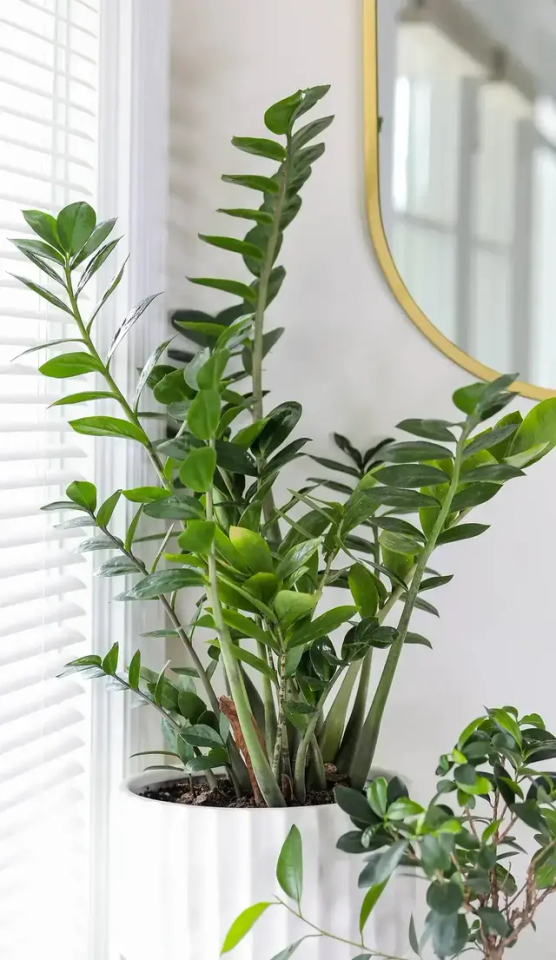
This is the original and most popular one. With thick stems and dark green glossy leaves, the classic ZZ is a timeless choice for any room. It grows symmetrically, and its leaves look polished and professional, perfect for offices, living rooms, or minimalist spaces. This one is super hardy and can tolerate low light, irregular watering, and a wide range of temperatures, making it the ultimate beginner plant.
2. Raven ZZ Plant
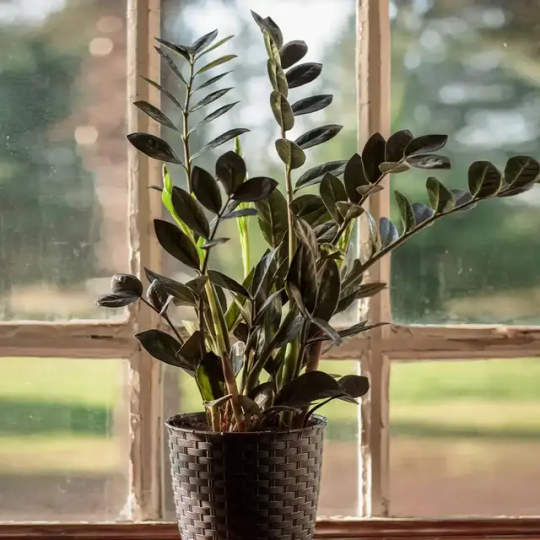
The Raven ZZ is a showstopper with deep purple leaves that look almost black. New growth is bright green and slowly darkens as it matures, creating a dramatic contrast. Perfect for modern or moody decor, the Raven ZZ is as tough as the classic one. It loves low light and minimal care, so it's a popular choice for those who want to add a bold and unique touch to their indoor garden.
3. Zenzi ZZ Plant

The Zenzi is a dwarf version of the ZZ plant, with a compact size and tightly curled leaves. It has a quirky look perfect for smaller spaces like desks, shelves, or small apartments. Despite its size, it's just as hardy as the regular ZZ plant, so it's easy to care for. Zenzis are great for adding texture and personality to your plant collection.
4. Variegated ZZ Plant

The variegated ZZ has leaves with white, yellow, or pale green splashes, a rare and highly sought-after variety. Each plant is unique, so it’s a collector’s dream. While it requires the same basic care as other ZZs, variegated ones may need a bit more light to keep the colors looking their best. This plant is a conversation starter and a showstopper for plant lovers.
5. ZZ Supernova

The ZZ Supernova is a newer variety that starts with bright green leaves that gradually fade into a soft, silvery hue as they mature. This subtle color change adds an elegant, sophisticated touch to your home or office. Like other ZZ plants, it's incredibly low-maintenance and thrives in a variety of conditions, making it both stylish and stress-free.
6. Lucky ZZ Plant

Also known as the Fortune Tree ZZ, this variety is often associated with good luck and prosperity in feng shui practices. It features thick stems and bright green leaves, symbolizing growth and wealth. Popular in homes and workplaces, the Lucky ZZ plant is believed to bring positive energy while being as easy to care for as other varieties.
Caring for Your ZZ Plant
Caring for a ZZ plant is a breeze, making it ideal for beginners and experienced plant owners. Here's how to keep your ZZ plant happy and thriving.
Step 1: Choose the Right Spot
ZZ plants thrive in bright, indirect light but are highly adaptable. They can also tolerate low-light conditions, making them perfect for dim corners or spaces without much sunlight. Keep them out of direct sunlight, as it can burn and damage their leaves.
Step 2: Watering the Right Way
Water your ZZ plant only when the soil is arid. Overwatering is the most common mistake, so going underwater is better than overdoing it. Typically, watering every 2–3 weeks works well. Stick your finger about an inch into the soil to check for dryness before watering.
Step 3: Use the Right Soil
Select a well-draining potting mix to prevent water from pooling at the roots, which can cause rot. Cactus or succulent soil works well, or you can mix regular potting soil with sand or perlite for better drainage.
Step 4: Choose a Pot with Drainage
Always use a pot with drainage holes. This ensures excess water can escape, keeping the roots healthy and preventing rot.
Step 5: Clean the Leaves
Gently wipe the leaves with a damp cloth every few weeks to remove dust and keep them looking vibrant. Clean leaves look better and help the plant photosynthesize more efficiently.
Step 6: Fertilize Sparingly
ZZ plants don't need much fertilizer, but feeding them with a balanced houseplant fertilizer once every 2–3 months during spring and summer can encourage healthy growth. Hold off on fertilizing in the fall and winter, as the plant’s growth slows down during these seasons.
Step 7: Monitor for Problems
Monitor the plant for signs of overwatering (yellowing leaves) or too much sunlight (brown tips). If you notice issues, adjust the care routine accordingly.
Step 8: Report When Needed
ZZ plants grow slowly, so repotting is only needed every 2–3 years. Choose a pot one size larger than the current one to give the roots more space.
Common Issues with ZZ Plants and How to Fix Them
Even though ZZ plants are rugged and low-maintenance, they can occasionally show signs of distress. The most common issue is yellowing leaves, which typically means the plant is being overwatered. To fix this, allow the soil to dry out completely before watering again, and ensure the pot has proper drainage to prevent soggy roots.
Brown tips on the leaves often indicate either too much direct sunlight or dehydrated air. Move your plant to a spot with indirect light, away from harsh sun rays, and consider misting the leaves occasionally to increase humidity if your indoor air is very dry.
Another common concern is slow growth. ZZ plants are naturally slow growers, especially in lower light or during the cooler months. This is normal, so don't worry if you don't see new leaves frequently. A little patience goes a long way with these resilient plants.
#plants#indoorplants#nature#art#beauty#urbanjungle#houseplants#plantsmakepeoplehappy#scenery#amazing#cute#artists on tumblr#cottagecore#naturecore#inspiration#aesthetic#landscape#paradise#adventure#style#vintage#photography#design#pretty
15 notes
·
View notes
Text

What are the easiest houseplants to grow for beginners?
Easiest Houseplants to Grow for Beginners
Starting with houseplants? Here are the best beginner-friendly plants that are low-maintenance, hard to kill, and perfect for adding a touch of greenery to your home:
Snake Plant (Sansevieria): Tolerates low light and infrequent watering. Perfect for busy schedules!
Pothos (Epipremnum aureum): Overgrows, adapts to various light levels, and propagates easily.
ZZ Plant (Zamioculcas zamiifolia): Thrives with minimal water and can handle low-light conditions.
Spider Plant (Chlorophytum comosum): Great for hanging baskets, and it even produces baby plants you can replant.
Peace Lily (Spathiphyllum): Tells you when it needs water and can thrive in indirect light. Bonus: it helps purify the air!
These plants make it easy to grow your green thumb without much effort. Just find a spot for them, water when needed, and enjoy the beauty they bring to your space!
#houseplants#beginnergardening#indoorplants#plantlovers#easycareplants#greengarden#plantparenthood#houseplantusa#gardeningusa#gardening#plants#flowers
10 notes
·
View notes
Text
i need u all to know abt the plant thats called a ZZ plant bc of the v cool and funky scientific name Zamioculcas Zamiifolia. and its like an amaZing houseplant. wonderful gorgeous 10/10
6 notes
·
View notes
Text
Unusual Character Associations
Thank you for tagging me, @moonluringfrost!
Rules: find the Associations of a Character with each Topic!
I'll do this with The Usurper from my WIP On Crimson Wings, because I am forever obsessed with him lol.
Seasoning: Herbes de Provence
Weather: a cold, silent winter night, snow slowly falling
Color: black
Sky: dark and filled with stars
Magical Power: invulnerability
House plant: Raven zamioculcas zamiifolia (goth plants bc he's goth lol)
Weapon: longsword
Subject: Poetry
Social Media: probably some obscure HEMA reddit forum lmao
Makeup Product: black eyeliner
Candy: chocolate with chili pepper
Fear: being alone
Ice cube shape: 💀
Method of long-distance travel: horse
Art Style: baroque painting (specifically Caravaggio's darkest work)
Mythological Creature: dökkálfar (dark elves from Norse myth)
Piece of Stationery: raven quill pen
Celestial Body: stars
I'm tagging (no pressure <3): @theimperiumchronicles, @spiced-wine-fic, @starlit-hopes-and-dreams, @i-can-even-burn-salad
#i want to do this with aderyn now lol#my ocs: the usurper#wip: on crimson wings#this just illustrates how GOTH he is lmao#tag games
15 notes
·
View notes
Text
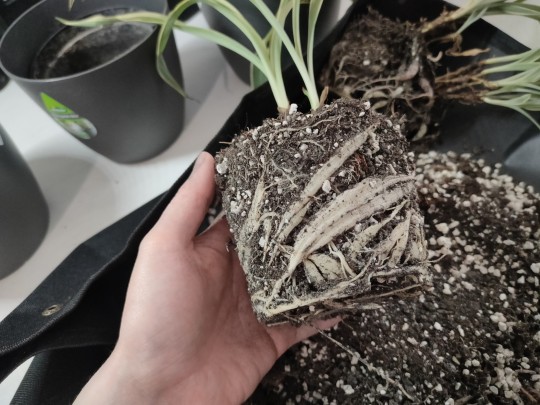
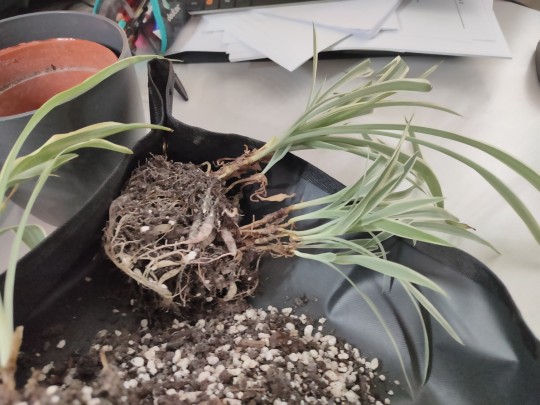

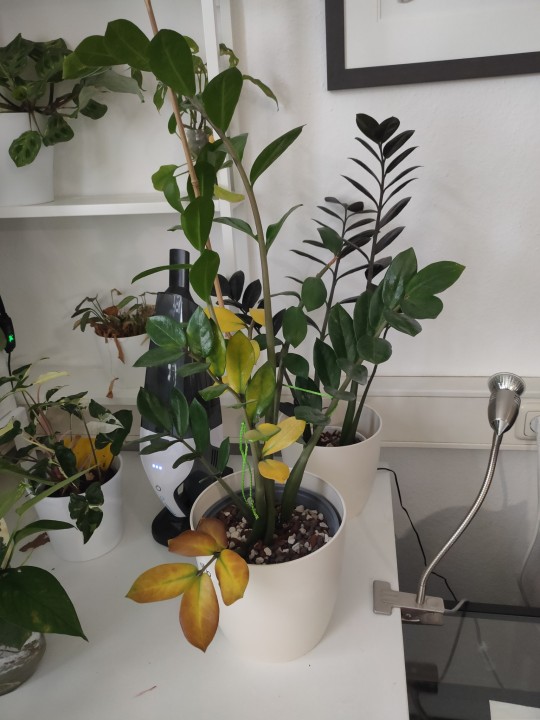
Quick repotting of the spider plants this morning, mainly because I wanted them all in just one pot that I'll be hanging from my shelves in the new apartment so the cat won't get to it. They've been very neglected, the soil was pretty much completely dry with just the tiniest amount of moisture in the middle of the largest pot. Tubers also didn't have much moisture in them anymore and the leaves were pale and dull so it really was high time for some maintenance. They should perk up soon hopefully!
Also some of the older leaves of the green ZZ obviously don't like the new potting medium, but as long as the other ones are fine I'll leave it alone and hope they'll get used to it. We'll see! The Ravens seem relatively ok so far, fingers crossed! 🤞
#spider plant#chlorophytum comosum ocean#chlorophytum comosum#zz plant#zz raven#zamioculcas#zamioculcas zamiifolia
0 notes
Note
Trick or Treat!! c:
have a zamioculcas zamiifolia 'raven' !
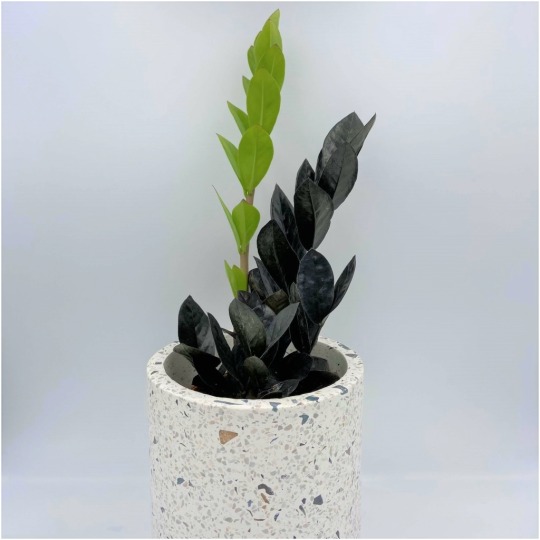
zamioculcas zamiifolia, also called the ZZ Plant in english (or Glücksfeder (luckfeather) in german) :]
its a plant that does pretty well in shady spots (and rooms!)
the Raven variant of the ZZ Plant has incredibly dark, near black leaves! the darker the spot you place it in, the darker the leaves get!
new leaves grow in light green at first but become darker with age, which leads to a very pretty contrast :3
#the colors made me think of kepler! (and darkmode kepler!)#i really wanna get myself a raven zz plant someday! peak goth vibes#i do have 2 young baby plants of the regular zz plant at home though :3 just got them last week!
8 notes
·
View notes